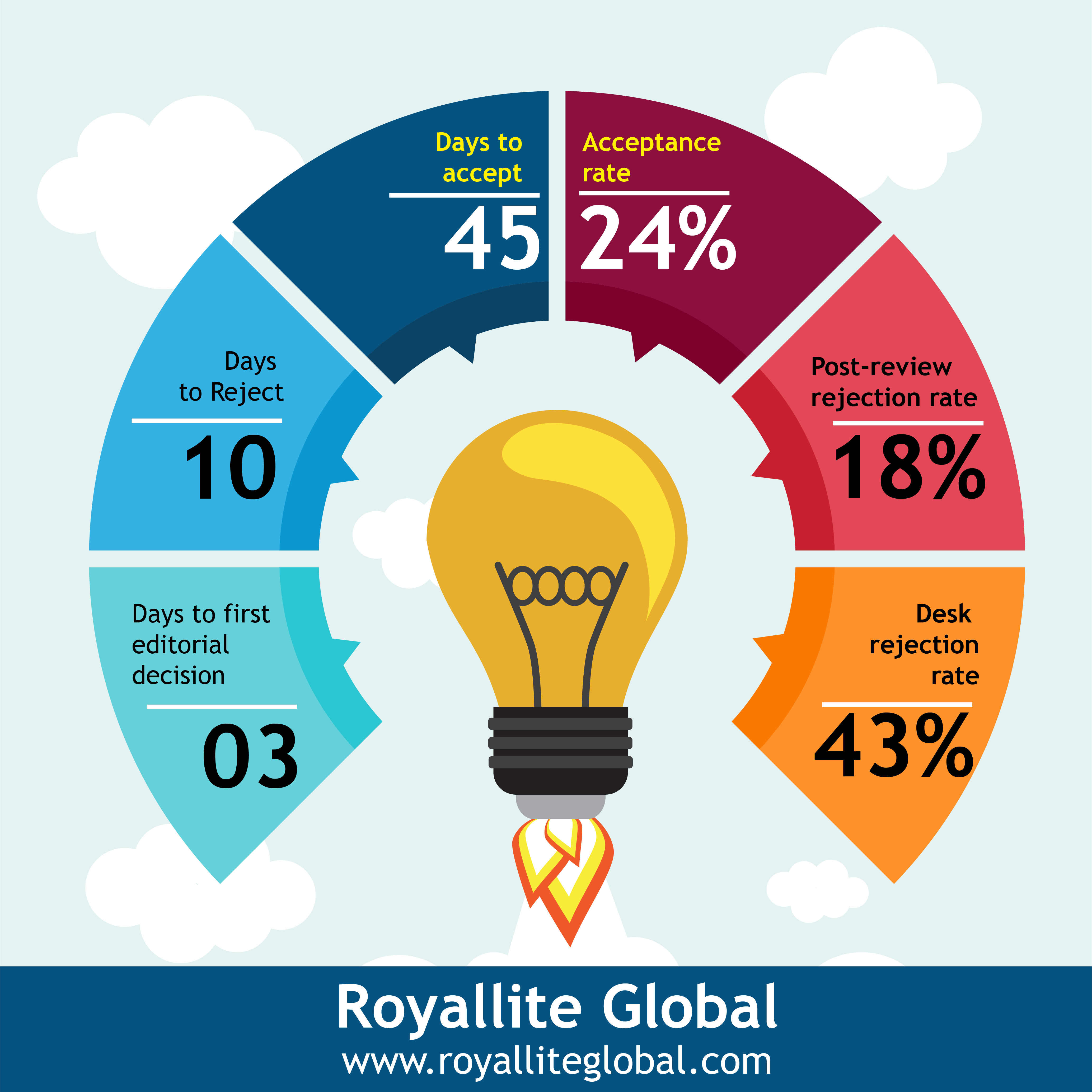Morphological analysis of some names of deities in the Bono Kingdom, Ghana
Keywords:
affixes, analysis, based, Bono, morphological, prefix, suffix, truncationAbstract
This paper examined the morphological processes that are involved in some Names of Deities in Bono Kingdom. The investigation was conducted with eighty (80) respondents as the population sample with equal gender distribution of forty (40). Purposive sampling technique was adopted to elicit significant information for the study. The data collection instruments were unstructured interview, observation and recordings. This investigation has drew the attention of some of the morphological processes on Names of Deities. It was identified that apart from Akan Personal Name (APN) and Akan Habitation Names (AHN) which scholars have done a lot of research on, Names of Deities in Bono Kingdom play very significant roles in the life of Bono people. Among the morphological processes that were identified were affixation, word formation, reduplication, borrowing and clausal truncation. The surface respresentation of these morphological processes were examined with reference to the Paragdam Functioning Morphology Theory, propounded by Stump (2001).
References
Adomako, K. (2012).Verbal Nominalization as a Derivational Process; The Case of Akan; Master’s thesis, University of Tromso, Tromso, Norway.
Agyekum, K. (2010). Akan Kasa Nhyehy[e[. Accra: Dwumfour Publication.
Agyekum, K (2011). Akan Kasadwini. Accra: Dwumfour Publication.
Akrofi, C. A. (2011). Twi Kasa Mmara. Accra: Waterville Publishing House.
Appah, C. K. I. (2015). Exocentric compounds in Akan. https//www.researchgate.net/publication /282867902 Retrieved on: 16th December, 2019.
Aronoff, M. & Fudeman, K. (2011). Word Formation in Generative Grammar. Cambridge, MA: MIT PRESS.
Bickel, B & Nichols, J. (2007). Inflection Morphology. Cambridge: Cambridge University.
Christaller, J. G. (1875). A grammar of the Asante and Fante Languages called Tshi (Twi) Gold Coast. Basel: Evangelical Mission.
Crystal, D. (2008). Language death. London: Mac Millian Publishers.
Dimmendaal, G. J. (2000). Morphology. In: Bernd Heine & Derek Nurse, (ed), African Languaes: An Introduction. Cambridge: Cambridge University Press, 5(7), 161-193.
Dolphyne, F. A. (2006). The Akan (Twi – Fante) Language. Its Sound System and Tonal Structure. Accra: Woeli Publishing Service.
Donkor, E. A. (2015). African Personality and Spirituality; The Rock of Abosom and Human Essence. London: Lexington Books.
https//www.mordernghana,com/news/916140/Ghana-now-has-16-regions.html.
Issah, S. & Adomako, K. (2016). Introduction to linguistics. Accra: University Press.
Katamba, F. & Stonham, J. (2006). Introduction to Current Morphological Theory and Analysis. London: Red Globe Press.
Katamba, F. (1993). Morphology. London: Macmillan Press Ltd.
Kolancher, G. (2015). Analytical Components of Morphology in Linguistics. Global English Oriented Research Journal. 22(5), 146- 153.
Lieber, R. (2009). Introduction Morphology. Cambridge: Cambridge University Press.
O’Grady, W. & Archibald, J. (2000). Contemporary Linguistics Analysis An Introduction (4th Ed). Toronto: Addison Wesley Longman.
Owu- Ewie, C. (2014). A Morphosyntactic analysis of Some Fante habitation names (econym); The International Journal of Humanities and Social studies 2(5), 232-243.
Stump, G. T. (2001). Inflectional Morphology: A Theory of Paradigm Structure. Cambridge: Cambridge University Press.
Thakur, D. (1997). Lingustics Simplified: Morphology. New Delhi: Bharati Bhawan.
Thakur, D. (2010). Linguistics Simplified: Syntax. New Delhi: Bharati Bhawan.
Yule, G. (2010). The study of language (4th ed). Cambridge: Cambridge University Press.
Downloads
Published
Issue
Section
License
Copyright (c) 2020 David Adu Tuffour

This work is licensed under a Creative Commons Attribution-NonCommercial-ShareAlike 4.0 International License.
This open-access article is distributed under a Creative Commons Attribution (CC-BY) 4.0 license.
You are free to: Share — copy and redistribute the material in any medium or format. Adapt — remix, transform, and build upon the material for any purpose, even commercially. The licensor cannot revoke these freedoms as long as you follow the license terms.
Under the following terms: Attribution — You must give appropriate credit, provide a link to the license, and indicate if changes were made. You may do so in any reasonable manner, but not in any way that suggests the licensor endorses you or your use.
No additional restrictions You may not apply legal terms or technological measures that legally restrict others from doing anything the license permits.






